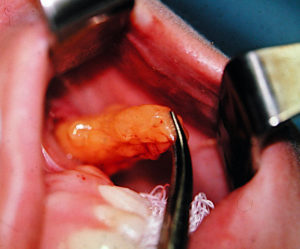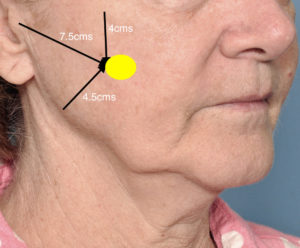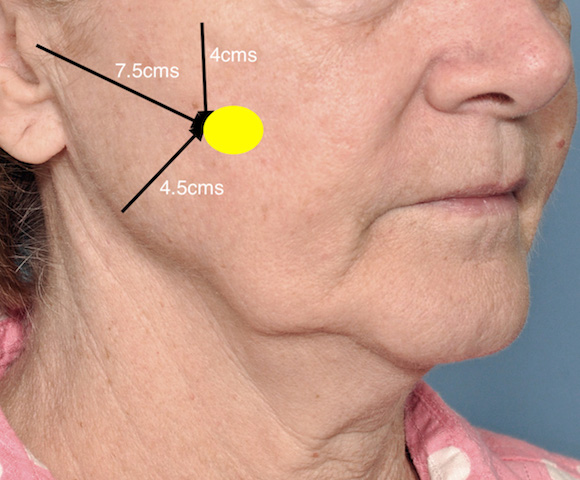Facial aging is associated with the development of soft tissue laxities and descent. This appears on the face in a variety of ways of which one is the most common and recognized as the development of jowls. As jowls develop the face changes shape often from a heart-shaped to a more square shape in women. This causes a masculinization effect as well as as aged one. In some cases there also develops fullness lateral to the jowls due to descent or ptosis of the buccal fat pad.

In the January 2020 issue of the Aesthetic Surgery Journal an article was published entitled ‘External Approach to Buccal Fat Excision in Facelift: Anatomy and Technique’. In this cadaveric study the authors examined the location of the buccal fad pad through a facelift flap approach. In eighteen (18) specimens measurements from the buccal fat pad to a variety of ear and facial landmarks were determined with the objective of describing a reliable external approach for its removal in facelift surgery.

Buccal fat pad herniation in the aging face is not common but can occur. While intraoral removal is the most direct and easiest approach for buccal lipectomies, even during a facelift, it can also be done from the facelift side. These measurements provide a good guide as to where to begin the search for its location.
Dr. Barry Eppley
Indianapolis, Indiana



